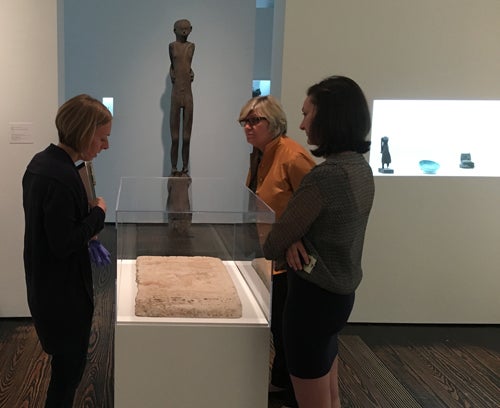
Have you ever wanted to know what goes on behind the scenes at museums? Why do people destroy and loot cultural heritage sites and why does that affect the public so much? How and why do we preserve heritage sites like historical buildings and towns? Why are debates over the provenance and even existence of historical artifacts so heated and sometimes violent?
The Minor in Museums and Cultural Heritage draws from an array of disciplines and departments, from Anthropology and Art History to Religion, Architecture and Cultural Studies to study the identification, preservation, and (re-)presentation of heritage materials. Such materials often serve as the evidentiary basis for humanistic, architectural, and social science disciplines. Students will learn about the preservation and use of tangible and intangible cultural heritage for study, archival purposes, and public display through the study of cultural heritage institutions, new digital analysis tools and media, and traditional methods of preservation and analysis.
Upon completing the minor in Museums and Cultural Heritage, students will be able to:
- Understand the historical, changing uses and meanings of art/cultural objects and collections in museums, particularly with regard to the concept of heritage.
- Explain the historical and contemporary issues that affect art objects and cultural heritage, including recovery and preservation, and presentation to the public for education, research, and continued practice/use.
- Work with primary sources relating to art and cultural heritage focusing on visual analysis, recovery and preservation methods, or archival research.
- Conduct independent and collaborative research in museums and cultural heritage based in a specific disciplinary methodology and communicate it to a public audience through oral, written, visual, or other practical means.
